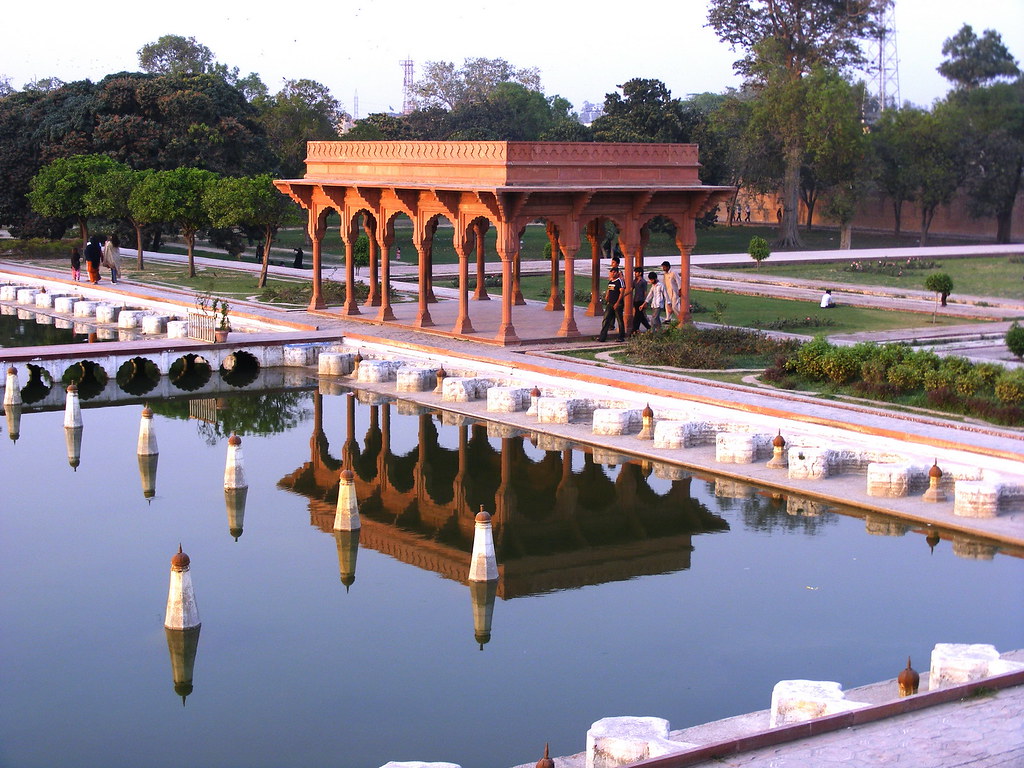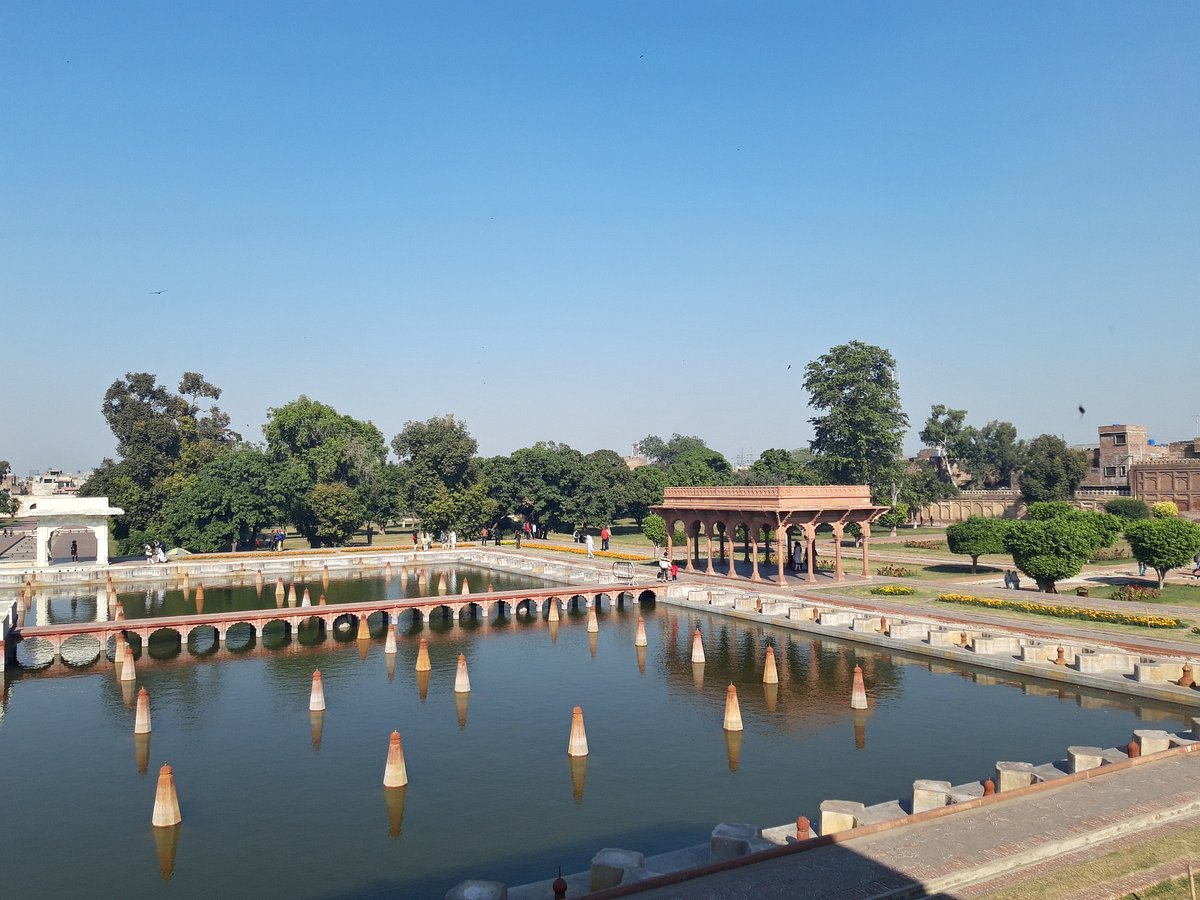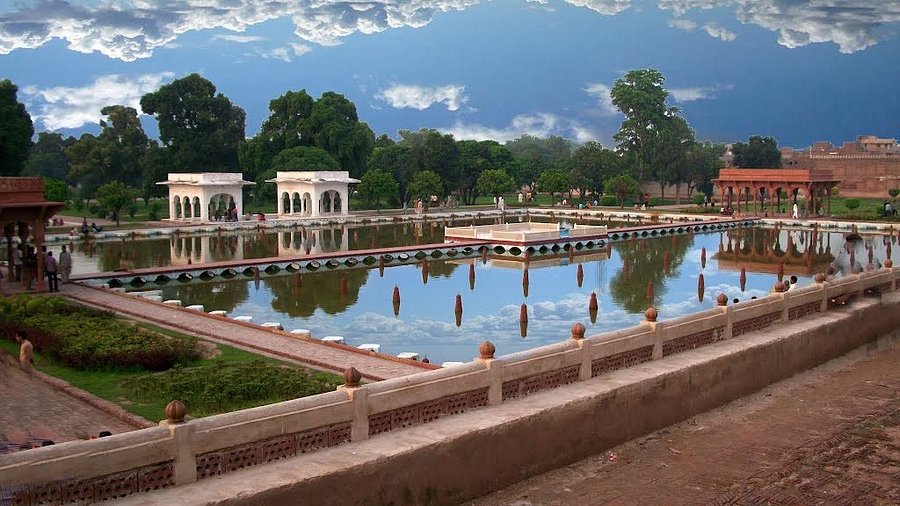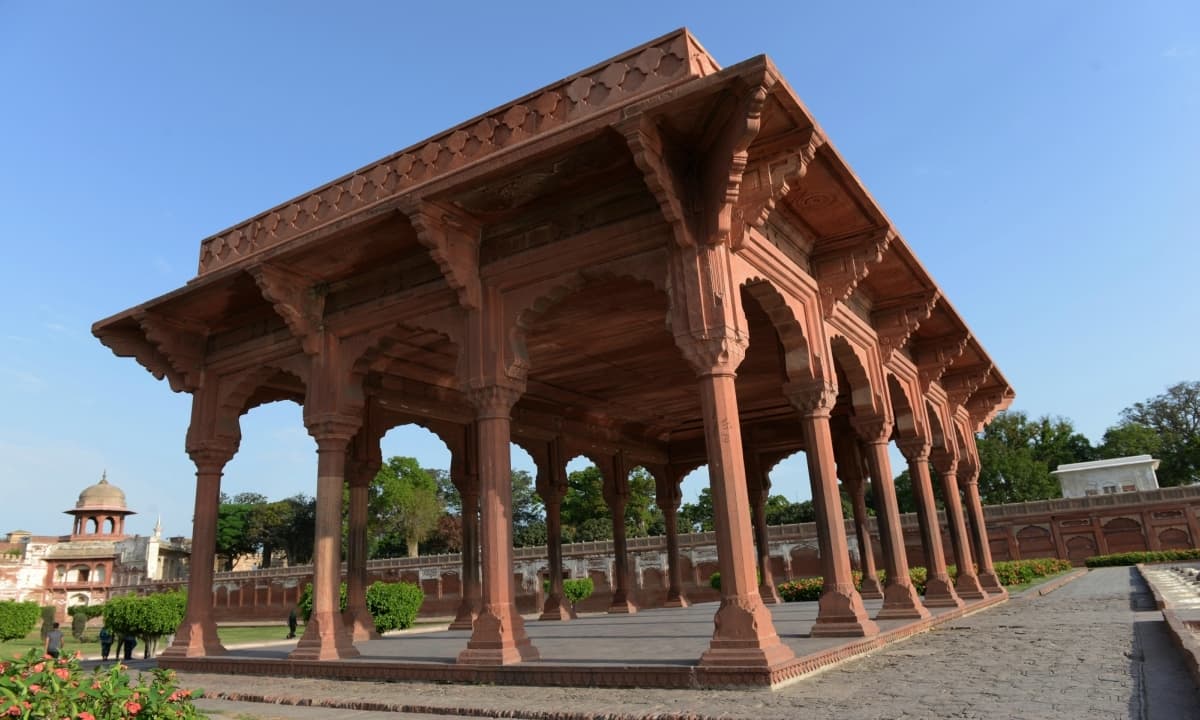Shalimar Garden

Introduction
Shalimar Garden is a stunning Mughal-era garden located in Lahore, Pakistan. Commissioned by Emperor Shah Jahan in 1641, the garden is a masterpiece of Mughal landscape architecture and reflects the grandeur and aesthetics of that period.
Historical Background
Built during the reign of the fifth Mughal emperor, Shah Jahan, Shalimar Garden was inspired by Persian-style gardens and served as a royal recreational space. It symbolizes the height of Mughal horticultural design in the subcontinent.
Architecture and Features
- Layout: The garden is built in a terraced style with three descending levels: Farah Baksh (Bestower of Pleasure), Faiz Baksh (Bestower of Goodness), and Hayat Baksh (Bestower of Life).
- Water Features: It contains over 400 fountains and several marble pavilions, canals, and walkways fed by an ingenious water supply system.
- Floral Design: The garden is filled with a variety of flowers, fruit trees, and shaded walkways, blending beauty with symmetry.
Cultural Significance
Shalimar Garden is a UNESCO World Heritage Site and a prominent symbol of Mughal elegance and landscaping innovation. It is a major tourist attraction and a peaceful retreat in the bustling city of Lahore.
Preservation Efforts
Restoration projects by UNESCO and local authorities have helped maintain the structural integrity and beauty of the garden. It continues to be preserved as an essential piece of Mughal heritage.
Quick Facts
- Built: 1641–1642 CE
- Location: Lahore, Punjab, Pakistan
- Commissioned by: Emperor Shah Jahan
- Known for: Mughal landscaping and architecture
- UNESCO Site: Inscribed in 1981
Image Gallery




Shalimar Garden
Location: Lahore, Punjab, Pakistan
Commissioned by Shah Jahan in 1641, Shalimar Garden is a masterpiece of Mughal garden design and a UNESCO World Heritage Site.
Learn more